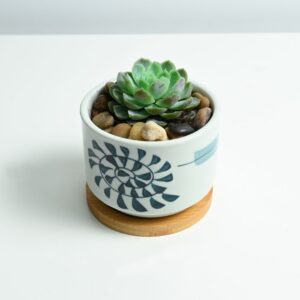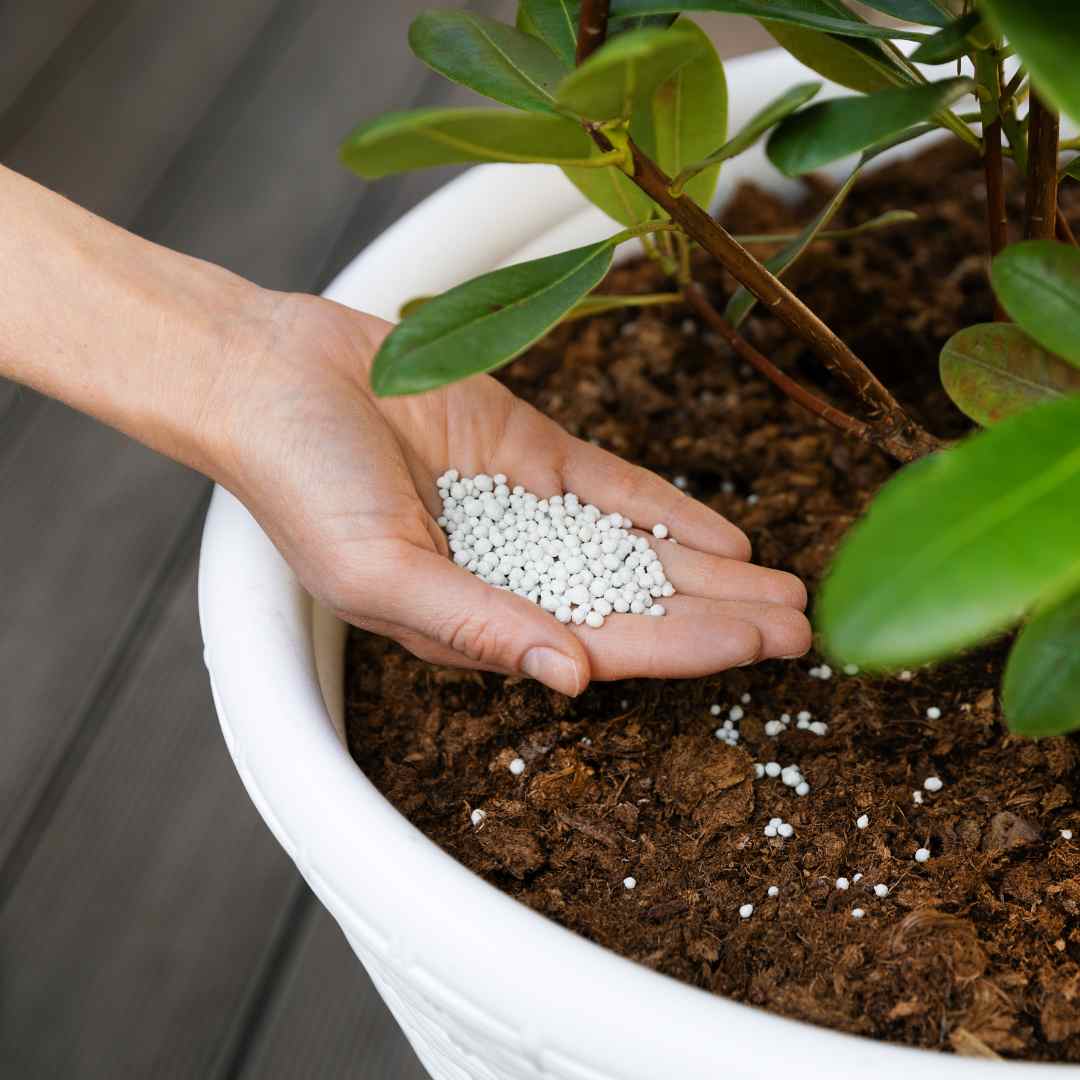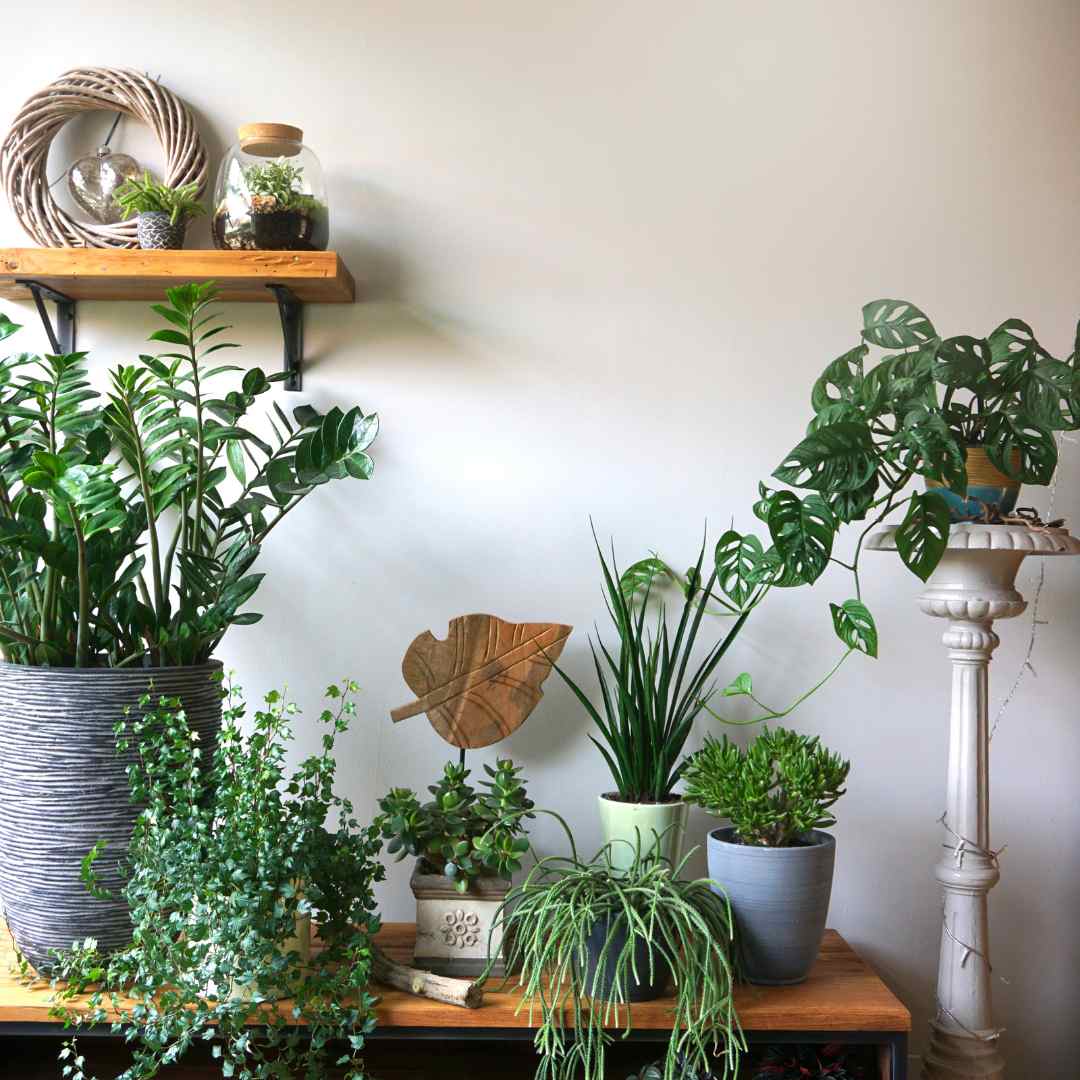Spathiphyllum Lily, more commonly known as peace lilies, comprises a genus of approximately 47 species of monocotyledonous flowering plants in the Araceae family. Native to tropical regions such as the Americas and Southeast Asia, these plants have gained widespread popularity, both as ornamental houseplants and for their air-purifying properties. Beyond their aesthetic value, some species of Spathiphyllum exhibit pharmacological properties, making them subjects of interest in modern scientific studies.
This article aims to explore the pharmacognostic characteristics and the potential pharmacological applications of Spathiphyllum species, particularly in the context of traditional medicine and modern therapeutic exploration.
Description and General Characteristics of Peace Lilies
The peace lily, scientifically named Spathiphyllum macrophyllum, is an evergreen herbaceous plant featuring large, glossy green leaves that can grow between 12 cm and 65 cm in length. The plant’s signature feature is its spadix, which is surrounded by a white, yellow, or greenish spathe that can grow up to 30 cm long. Its resilience and ability to thrive in moderate light conditions make it a common indoor plant.
Notably, peace lilies are not just grown for their aesthetic appeal. In NASA’s Clean Air Study, peace lilies were identified as one of the top 10 plants for air purification, helping remove toxins like formaldehyde and benzene from indoor environments. This makes them an ideal plant for homes, schools, and offices.
Benefits of Growing Peace Lilies Indoors
One of the reasons peace lilies have become a household favorite is their low maintenance. However, their benefits go beyond aesthetics. Here’s why peace lilies are a must-have for indoor spaces:
- Air Purifying: Peace lilies are renowned for filtering harmful toxins from the air, such as formaldehyde, benzene, and carbon monoxide.
- Aesthetic Appeal: With lush green leaves and stunning white flowers, they add elegance to any indoor space.
- Low Maintenance: If you don’t have a green thumb, peace lilies are forgiving and can tolerate lower light levels.
Essential Peace Lily Care Tips
Light Requirements
Unlike some plants that require direct sunlight, peace lilies thrive in low-light environments. In fact, too much sunlight can harm the plant, causing the leaves to turn brown. Place your peace lily near a window with indirect light for optimal growth.
- Best Location: North or east-facing windows work best. If direct sunlight hits the plant, consider using sheer curtains to filter the light.
Pro Tip: If your peace lily isn’t flowering, it might need more indirect light.
Watering Guidelines for Spathiphyllum Lily
Watering your peace lily correctly is crucial. Peace lilies prefer consistently moist soil, but they are also sensitive to overwatering. Here’s how to water them the right way:
- Watering Frequency: Water your peace lily once a week, allowing the soil to dry slightly between watering. You’ll notice the plant drooping when it’s thirsty.
- Avoid Overwatering: If the soil remains waterlogged, it can lead to root rot. Always ensure your pot has proper drainage.
Pro Tip: Mist the leaves occasionally to mimic the plant’s natural humid environment.
Ideal Temperature and Humidity for Peace Liles
Peace lilies are tropical plants, so they thrive in warm, humid environments. Here’s how you can create the perfect atmosphere for your peace lily:
Temperature Range: Keep the temperature between 18°C and 26°C. Avoid placing the plant near drafts or in rooms that get too cold.
Humidity: Peace lilies love high humidity. If you live in a dry area, consider placing a humidity tray near the plant or using a humidifier.
Spathiphyllum Lily – Soil and Fertilizer Needs
Choosing the right soil and fertilizer is vital for the health of your peace lily. While these plants aren’t too picky, they perform best with a little extra care.
- Soil: Use a well-draining potting mix with a high organic matter content. Avoid heavy soils that retain too much water.
- Fertilizing: During the growing season (spring and summer), feed your peace lily with a balanced liquid fertilizer once a month. Be careful not to over-fertilize as this can cause browning of the leaf tips.
Botanical Characteristics of Peace Lilies
- Kingdom: Plantae
- Clade: Tracheophytes
- Clade: Angiosperms
- Clade: Monocots
- Order: Alismatales
- Family: Araceae
- Subfamily: Monsteroideae
- Tribe: Spathiphylleae
- Genus: Spathiphyllum
Peace lilies are known for their ability to tolerate low-light conditions, and they require minimal water to thrive. This makes them ideal houseplants, although they can also flourish outdoors in warm, humid environments.
Common Issues with Peace Lilies (And How to Fix Them)
Even with the best care, your peace lily might encounter a few problems. Here’s how to diagnose and treat common issues:
Brown Leaves
If your peace lily’s leaves are turning brown, it could be due to underwatering, over-fertilization, or too much direct sunlight. Check your plant’s watering routine and move it to a less sunny spot if needed.
Yellow Leaves
Yellowing leaves often indicate overwatering. Allow the soil to dry out a bit before watering again and ensure the pot has proper drainage.
Drooping or Wilting
A peace lily that droops is often a sign of dehydration. Give it a thorough watering and the plant should bounce back in a few hours. Drooping can also be caused by root rot, so make sure the roots are healthy.
Repotting Your Peace Lily
As your peace lily grows, you’ll need to repot it to allow for proper root development. Here’s how to repot your plant:
- When to Repot: Every 1-2 years, or when you notice the roots crowding the pot.
- How to Repot: Choose a slightly larger pot with good drainage. Gently remove the plant from its old pot, place it in the new one, and fill with fresh soil. Water thoroughly after repotting.
Propagating Peace Lilies
Peace lilies can be easily propagated by division. This not only gives you more plants but also prevents overcrowding in the pot. Here’s how you can propagate your peace lily:
- Step 1: Gently remove the plant from its pot and separate the root ball into smaller sections, making sure each section has both roots and leaves.
- Step 2: Plant each section in its own pot with fresh soil and water thoroughly.
Peace Lily Varieties You Can Grow Indoors
There are several varieties of peace lilies that you can grow indoors. Some popular ones include:
- Spathiphyllum Wallisii: This is the most common variety, known for its large white flowers.
- Spathiphyllum ‘Sensation’: A larger peace lily variety that grows up to 1.5 meters in height, perfect for big indoor spaces.
- Spathiphyllum ‘Mauna Loa Supreme’: This variety has broader leaves and larger flowers than the Wallisii, making it a stunning choice for any home.
Pharmacognostic Properties of Spathiphyllum Lily
Pharmacognosy, the study of medicinal plants and their properties, has increasingly focused on Spathiphyllum due to its wide range of bioactive compounds. Various species of peace lilies contain alkaloids, flavonoids, triterpenes, saponins, and tannins—all of which contribute to their potential medicinal benefits.
Spathiphyllum Lily – Phytochemical Composition
The ethanol leaf extract of Spathiphyllum cannifolium reveals the presence of sterols in trace amounts, along with moderate quantities of alkaloids and glycosides. The abundant presence of triterpenes, flavonoids, saponins, and tannins points to a variety of medicinal applications. Studies conducted on the chloroform extract of peace lily have also indicated similar findings, though the sterol content in these extracts was found to be much higher.
Reported Pharmacological Actions
Antimicrobial Activity of Spathiphyllum Lily
Research on Spathiphyllum cannifolium has demonstrated positive antibacterial activity, particularly against Bacillus subtilis but not Escherichia coli. Studies using methanol and ethyl acetate extracts of peace lily leaves have shown that the plant exhibits significant inhibitory effects against common pathogens like Staphylococcus aureus and Pseudomonas aeruginosa. These results suggest that peace lilies may hold potential as a natural antibacterial agent.
Antibacterial Activity of Spathiphyllum Lily
The antibacterial properties of Spathiphyllum wallisii have been extensively researched. Extracts from various parts of the plant, including the leaf, rhizome, and root, have demonstrated activity against human pathogenic bacteria. For instance, studies using hexane and dichloromethane extracts showed minimal inhibitory concentrations (MIC) against Bacillus subtilis and Staphylococcus aureus—making these plant extracts potentially useful in bacterial infection management.
Anti-inflammatory Activity
Peace lilies also exhibit anti-inflammatory properties, as demonstrated through nitric oxide inhibition tests. Extracts from S. cannifolium showed significant anti-inflammatory activity, especially the chloroform fraction, which had an IC50 value of 600.7 μg/ml. These properties suggest that peace lily extracts could be used as natural remedies for inflammation-related conditions.
Toxicity and Safety Considerations
Despite the many benefits of peace lilies, it’s essential to note that they contain calcium oxalate crystals, which can be mildly toxic when ingested by humans and pets. While true lilies are highly toxic to animals, peace lilies only cause mild irritation, such as a burning sensation in the mouth, difficulty swallowing, and nausea. These symptoms are typically temporary and can be treated with supportive care, such as antihistamines and oral rinses.
Sensational Varieties of Spathiphyllum
Peace lilies come in many varieties, each offering unique visual and biological traits. Some of the most popular include:
- Spathiphyllum ‘White Stripe’: Known for its broad, rounded leaves and ability to thrive in indirect light.
- Spathiphyllum ‘Little Angels’: A dwarf variety that grows only 12–15 inches tall, ideal for compact indoor spaces.
- Spathiphyllum ‘Picasso’: A rare cultivar known for its tricolor variegation on the leaves.
- Spathiphyllum ‘Sensation’: The largest peace lily variety, with deeply ribbed leaves, popular for improving indoor air quality.
Each of these varieties contributes to the plant’s popularity as an indoor decoration and natural air purifier.
Medicinal Uses and Applications
In traditional medicine, Spathiphyllum species have been used for various ailments. Extracts from the leaves and roots have been applied topically to treat minor skin irritations and wounds. Moreover, the bioactive compounds within these plants, such as flavonoids and phenolic compounds, have shown promising antioxidant, anti-inflammatory, and antibacterial activities in other plant species. These findings, although preliminary, open the door to further research into the potential therapeutic applications of peace lilies.
Air Purification
One of the most well-known benefits of peace lilies is their ability to purify indoor air. NASA’s Clean Air Study identified peace lilies as one of the top plants for filtering out harmful pollutants, including formaldehyde, benzene, and trichloroethylene. Cleaner air leads to indirect health benefits, such as reduced respiratory issues and an overall improvement in well-being.
While peace lilies are primarily appreciated for their decorative and air-purifying qualities, emerging research suggests that they may also have valuable pharmacological applications. Their antimicrobial and anti-inflammatory properties, combined with their ability to purify the air, position them as a unique and multifaceted plant with both aesthetic and medicinal benefits. However, further studies are needed to fully explore and validate the therapeutic potential of peace lilies in modern medicine.
Future research could focus on isolating specific compounds within Spathiphyllum that contribute to its pharmacological actions, as well as conducting comprehensive clinical trials to evaluate its safety and efficacy in humans.
Frequently Asked Questions About Spathiphyllum Lily
1. What is a Spathiphyllum Lily?
A Spathiphyllum Lily, commonly known as the peace lily, is a popular houseplant from the Araceae family. It features broad, glossy green leaves and distinctive white flowers. Known for its air-purifying qualities, it is ideal for indoor environments and low-light conditions.
2. How do I care for a Spathiphyllum Lily?
Spathiphyllum lilies are low-maintenance plants. They thrive in indirect light and need to be watered when the soil feels dry. Keep the soil moist but not waterlogged, and ensure the plant is placed in a warm, humid environment. Fertilize once a month during the growing season for best results.
3. Why is my Spathiphyllum Lily not blooming?
If your Spathiphyllum lily is not blooming, it could be due to insufficient light. While these plants tolerate low-light conditions, they need a moderate amount of indirect sunlight to produce flowers. Consider moving your plant to a brighter location without exposing it to direct sunlight.
4. Can Spathiphyllum Lilies purify the air?
Yes, the Spathiphyllum lily is known for its air-purifying properties. Studies, including NASA’s Clean Air Study, have shown that it can remove harmful toxins like formaldehyde, benzene, and trichloroethylene from indoor air, making it an excellent choice for improving air quality at home or in the office.
5. Is the Spathiphyllum Lily toxic to pets?
Yes, the Spathiphyllum lily contains calcium oxalate crystals, which can be toxic to pets if ingested. It may cause mild symptoms such as irritation in the mouth, drooling, or nausea in cats and dogs. It is advised to keep this plant out of reach of pets.
6. How often should I water a Spathiphyllum Lily?
You should water your Spathiphyllum lily when the top inch of soil feels dry. These plants prefer consistently moist soil, but be careful not to overwater, as it can lead to root rot. During hotter months, you may need to water the plant more frequently.
7. Can I keep my Spathiphyllum Lily outdoors?
While Spathiphyllum lilies are typically grown as indoor plants, they can thrive outdoors in warm, humid climates with indirect sunlight. Ensure that they are sheltered from direct sun, as it can cause their leaves to burn.
8. What are the benefits of having a Spathiphyllum Lily?
The Spathiphyllum lily offers several benefits, including:
- Air purification, removing harmful indoor toxins.
- Aesthetic appeal with its dark green leaves and white flowers.
- Low-maintenance care, making it perfect for beginners.
9. How big does a Spathiphyllum Lily grow?
A Spathiphyllum lily can grow between 1 to 4 feet tall, depending on the variety and care. Some larger varieties, like the Spathiphyllum ‘Sensation’, can grow up to 6 feet in ideal conditions.
10. What type of soil is best for Spathiphyllum Lily?
A well-draining potting mix rich in organic matter is ideal for Spathiphyllum lilies. They thrive in slightly acidic to neutral pH soil. Avoid using heavy soils that retain too much moisture, as this can lead to root rot.









